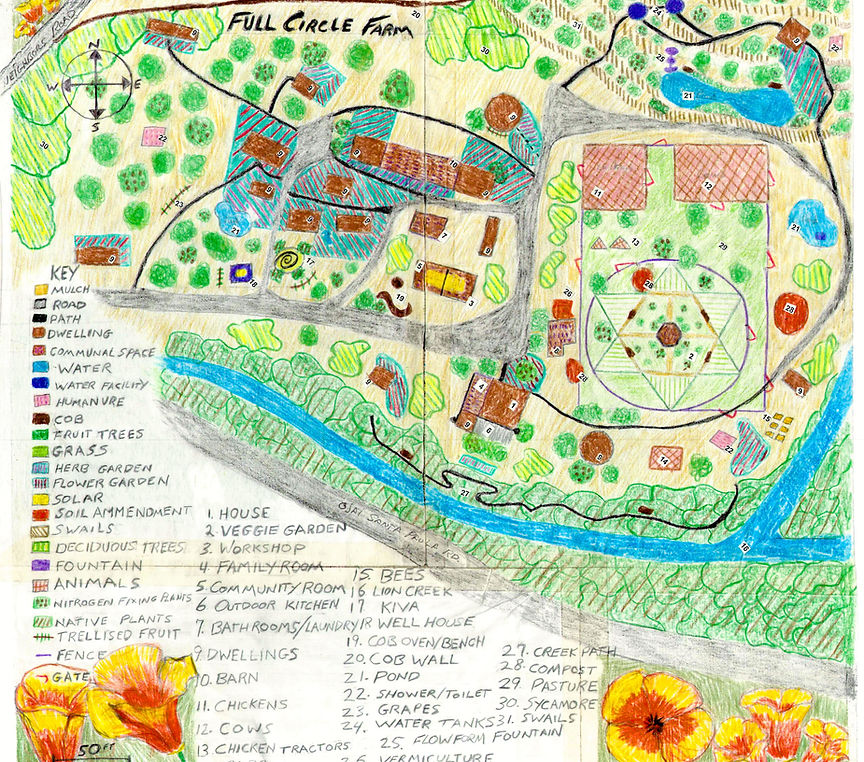
Community, Farming and Food Soverignty
For the past decade I've been interested in Community as an alternative to living in a mainstream society. The fringe is where the best ideas are and in community we can explore










Permaculture (Permanent Agriculture) often viewed as just a set of gardening techniques, has developed into a whole complete design philosophy, Some people regard it as a philosophy for life. Its central theme is the creation of human systems which provide for human needs, using many natural elements and drawing inspiration from natural ecosystems.
Permaculture is about how to grow food, build houses and create communities, and minimize environmental impact, all at the same time. Its principles are being constantly developed and refined by people throughout the world in very different climates and cultural circumstances.

Biointensive gardening is an organic, small-scale farming method that focuses on maximizing yields from limited space while regenerating soil fertility.
It uses techniques such as double-digging, composting, close plant spacing, companion planting, and seed saving to create a closed-loop, sustainable system. The goal is to grow more food on less land with fewer external inputs, while building healthy soil and conserving resources like water and energy.
It has it's roots in the Victory Gardens that people made during the shortages of World War 2. It's all about growing enough calories so you don't have to go shopping for food.